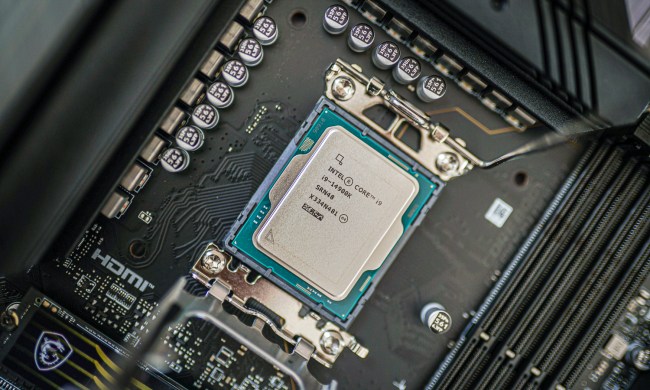Sonos filed yet another lawsuit against Google on Tuesday, alleging the tech giant copied more of its innovations, specifically for Google’s smart speakers.
The lawsuit alleges that Google infringed on five of Sonos’ patents, including the ability to transfer the playback of music to the speaker from your phone, to manage different rooms of music around the home.
Specifically, the lawsuit points to Google’s Chromecast Audio Adapter and its multiroom support.

“Google has chosen to double down on its disregard for IP [intellectual property] and smaller American inventors, and we believe it is vitally important that Sonos, both for its own sake and for that of other smaller innovative companies, stand up to monopolists who try to copy and subsidize their way to further domination,” a Sonos spokesperson said in a statement.
Sonos said it has filed another lawsuit because Google continues to disregard its IP.
A Google spokesperson told Digital Trends that it has worked constructively with Sonos to make the companies’ products work seamlessly by building special integrations for
“Sonos has made misleading statements about our history of working together. Our technology and devices were designed independently. We deny their claims vigorously, and will be defending against them,” the spokesperson said.
It’s the second time Sonos has filed a lawsuit against Google over patent infringement. In January, the tech company sued Google under similar allegations. Sonos claimed that during the time it originally partnered with Google to enable its music service and its voice assistant on Sonos’ devices and software platform, Google turned around and used
Then, in June, Google countersued Sonos, alleging that the whole-house audio company infringed on five different Google patents. These patents include mesh networking, echo cancellation, DRM, content notifications, and personalized search.
“Sonos is actively infringing Google’s intellectual property.


